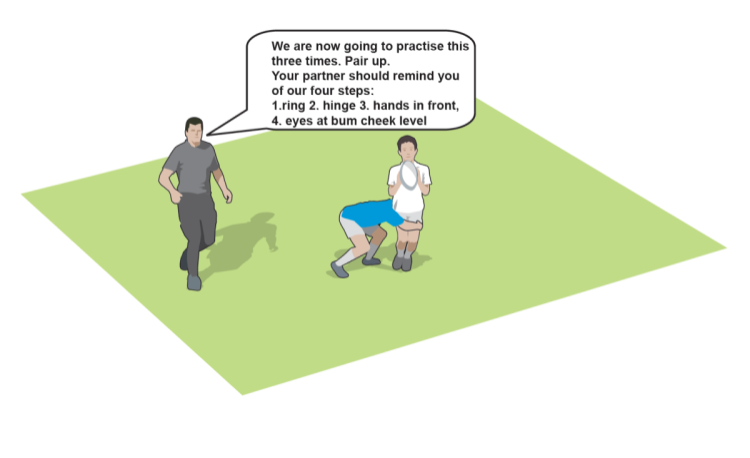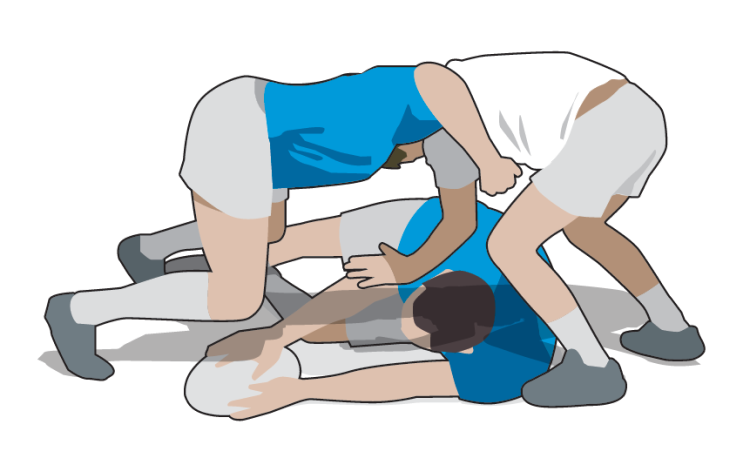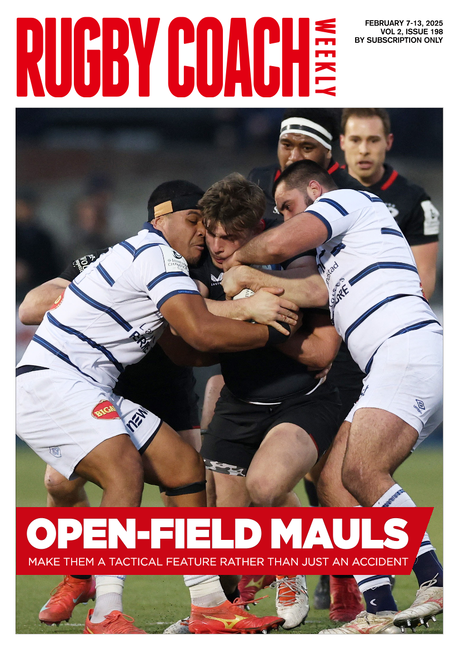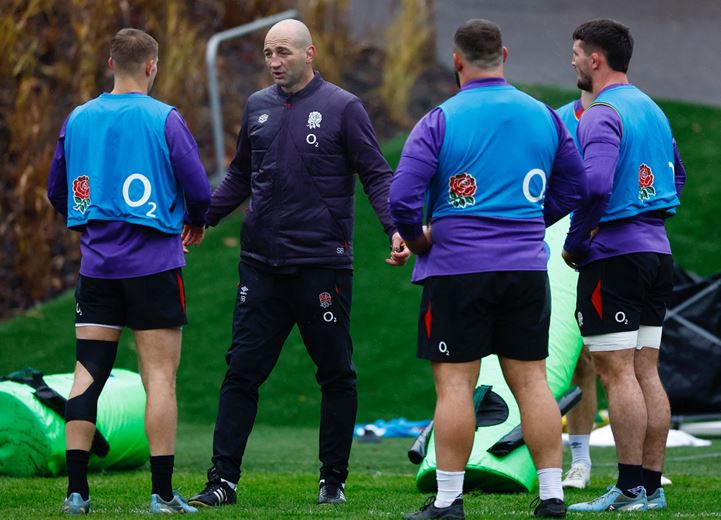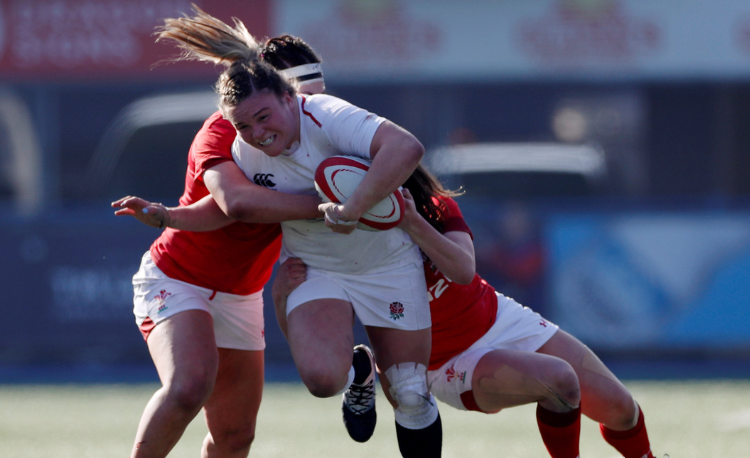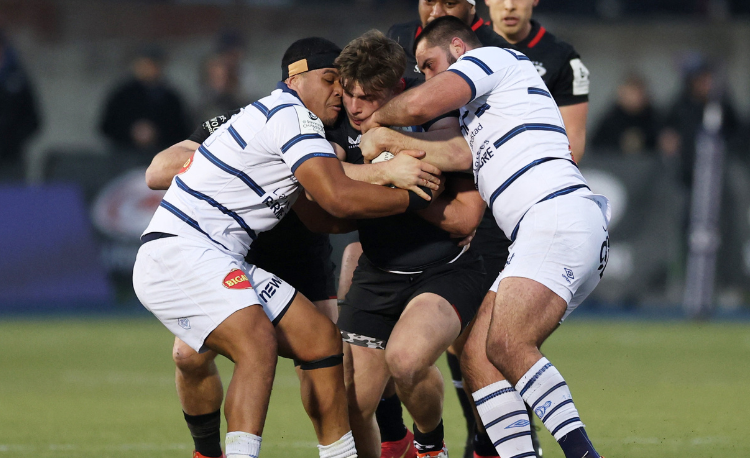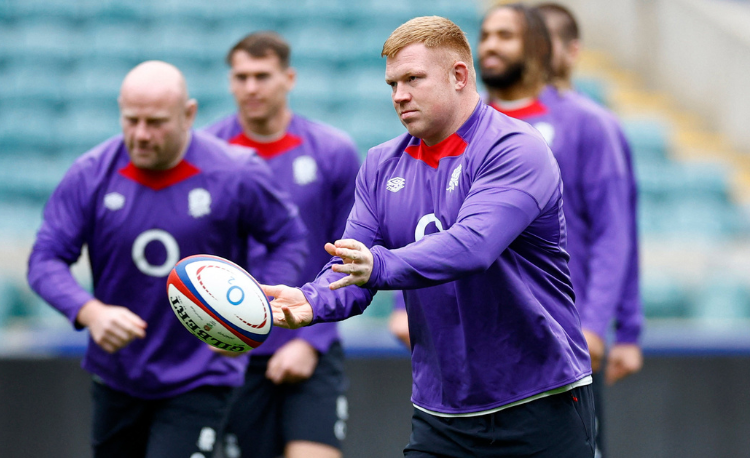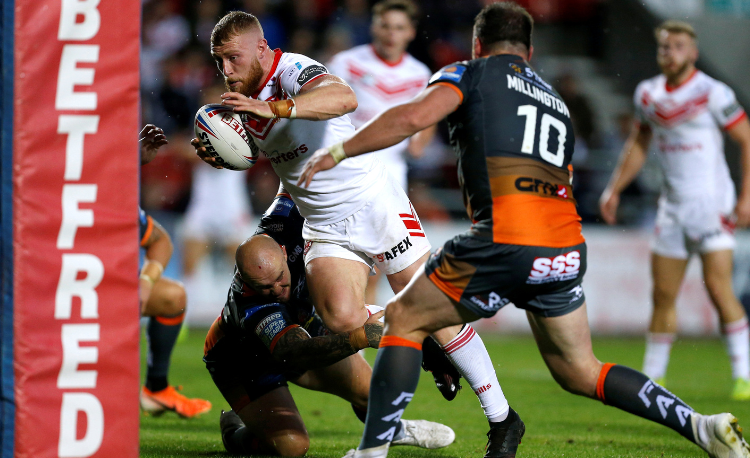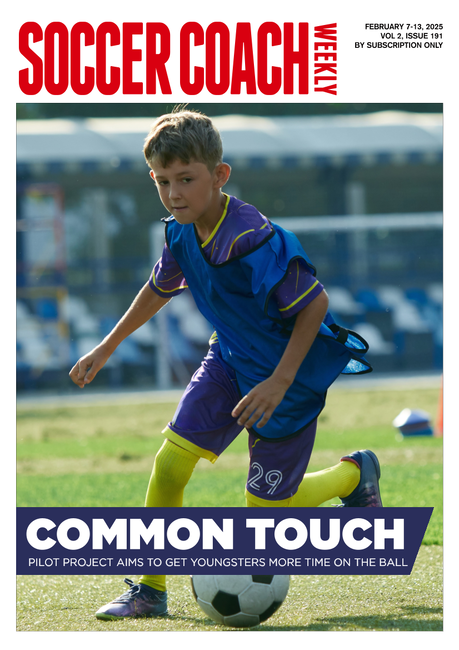From classroom to the field: Effective explanations
MASON DAVIES (@thegeogteacher) on helping players understand the game.
How do we ensure that what we want from our players on the field actually happens?
The way we communicate our ideas to players is fraught with challenges. Firstly, all players bring their individual prior knowledge to training and game situations.
Science tells us that we make meaning by connecting our prior learning to new information. So, despite giving every player the same message, each player will interpret what we say differently.
Secondly, not all of our players have English as their first language. This can make it difficult, especially given our game’s highly specialised and technical language.
Speaking of technical language, not all our players have the same experience level. Does every player understand what we mean when we say things like “clear the ruck”, “bind on” or “onside, onside”?
We need to account for all of these factors and more and be as clear as possible with the players in front of us.
How can we do this effectively? I use the same process for the field as I do for the classroom.
- List: I write down everything learners must know, do and understand by the lesson’s end.
- Consider: I think about the context of my learners. What prior knowledge do they have and what do they need to be successful in this lesson? What have they struggled with before? What are the likely misconceptions and how can they be addressed? Is there any complex vocabulary I need to teach first?
- Script: I write out what I will say and how, in the most logical sequence. I may start with something students already know to build motivation and provide early success, adding some concrete examples to provide clarity.
- Chunk: I break the script into manageable bites for my students to maintain attention and check they have been listening by asking them questions at the end of each chunk.
- Practice: If I am teaching something tricky, I might practise in front of a mirror or ask a colleague to offer me feedback on how to make it clearer, They can help me redraft so I can say what I need to in the fewest number of words, so students don’t drift off.
How can we apply this to coaching?
Let’s use the example of getting onside from an up-and-under/box kick that doesn’t go as planned.
This would be for my U13s school team. Some are experienced club players while others have just signed up to play.
1. List
What the players must know...
- Players should be behind the kicker.
- If they aren’t behind the kicker, they must move to be behind or alongside the kicker.
- Don’t wait for the kicker to put you onside – especially if you are within 10m of the opposition.
What the learners must do...
- Move behind or alongside the kicker straight away by moving towards our goal-line quickly.
What the learners must understand...
- You are offside and likely to be penalised if you’re in front of the kicker and don’t make a clear effort to move behind or alongside the kicker as soon as the kick occurs.
2. Consider
Levels of prior knowledge: Many of this group are new to rugby but they know that being in front of the kicker at kick-off and restarts makes you offside.
Potential misconceptions: Being in front of the kicker at kick-off and restarts isn’t a penalty offence, but it is in open play – I need to be explicit about this difference and the potential consequences. Also, another misconception could be when the full-back receives a long kick from the opposition and returns the kick, players might think they need to run all the way back to the 22 to be behind the kicker.
Complex vocabulary: There isn’t really any here I can think of. However, I might tell them that the referee might call “offside – within 10m” if we haven’t retreated behind the kicker when within 10m of the opposition in open play.
3. The script
"At kick-off, we need to be behind the kicker. And we need to remember the reason for this – if we are in front of the kicker, we are offside, and the referee will penalise us.
This is also true in open play. For example, at a ruck, tackle or maul, when we do a box kick/up-and-under, we must try to run behind the kicker towards our goal line. If any opposition player is within 10m of us, we must run towards the goal line until we are behind the kicker. If the scrum-half kicks a high up-and-under at a ruck, the opposition is then really close to us, so we must move behind the kicker.
There are also times when we don’t need to do this. For example, if the opposition kicks long towards our full-back, and they return the kick upfield towards us, we don’t have to run all the way back to be behind our full-back. We have to make sure we are more than 10m away from the opposition and not run towards them."
Related Files
4. Chunking the script
"At kick-off, we need to be behind the kicker. And we need to remember the reason for this – if we are in front of the kicker, we are offside and the referee will penalise us."
Q: Why do we need to stand behind the kicker?
A: "This is true at kick off and in open play. For example, at a ruck, tackle or maul, when we do a box kick/up-and-under, we must run behind the kicker towards our goal line."
Q: After an up-and-under/box kick, what is the first thing we need to do?
A: "If any opposition player is within 10m of us, we must run towards the goal line until we are behind the kicker."
Q: Why do we need to do this?
A: "For example, at a ruck, if the scrum-half kicks a high up-and-under, the opposition is really close to us so we must move behind the kicker."
Q: Can you give me an example of when we don’t need to do this?
A: "If the opposition kicks long towards our full-back, and they return the kick upfield towards us, we don’t have to run all the way back to be behind our full-back. We have to make sure we are more than 10m away from the opposition and not run towards them."
5. Practice
For this article, and for my own coaching development, I asked one of our school coaches to go through this script with me.
He had the following suggestions:
- “Is saying: ’Running towards the goal line’ a bit confusing? It may be better to say: ’Turn, face and move back towards your own goal line’. This would mean we don’t have players with their backs to the opposition, which is something we try to coach out of them early on."
- “Do they know what ‘up and under’ means? Do you need to coach it first? Or do you want to stick with ‘box kick’?”
- “Why don’t you just show them?” - more on this next time.
Summary/tips
- Sometimes, there is a disconnect between what we say to players and what is carried out on the field. Reasons for this can include the prior knowledge of individual players, player experience and players with a first language other than English.
- One way to minimise this is to deliver clear explanations. Consider players’ prior knowledge, likely misconceptions, pre-teaching new vocabulary, starting with something players already know, providing clear examples and chunking into manageable bites.
- To provide clear explanations, use the ‘list, consider, script, chunk, practice’ model.
Newsletter Sign Up
Coaches Testimonials

Gerald Kearney, Downtown Las Vegas Soccer Club

Paul Butler, Florida, USA

Rick Shields, Springboro, USA

Tony Green, Pierrefonds Titans, Quebec, Canada
Subscribe Today
Be a more effective, more successful rugby coach
In a recent survey 89% of subscribers said Rugby Coach Weekly makes them more confident, 91% said Rugby Coach Weekly makes them a more effective coach and 93% said Rugby Coach Weekly makes them more inspired.
Get Weekly Inspiration
All the latest techniques and approaches
Rugby Coach Weekly offers proven and easy to use rugby drills, coaching sessions, practice plans, small-sided games, warm-ups, training tips and advice.
We've been at the cutting edge of rugby coaching since we launched in 2005, creating resources for the grassroots youth coach, following best practice from around the world and insights from the professional game.

